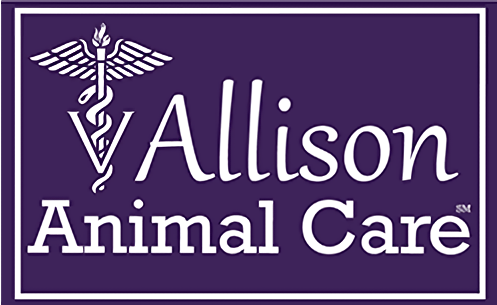Library
-
Veterinarians recognize the relationship between nutrition and the health of the skin and haircoat. It is important to prevent malnutrition, both by preventing deficiencies AND excesses of nutrients. Your veterinarian is the very best source of information and guidance for choosing the most appropriate nutrient profile for your cat.
-
This handout summarizes the strong link between good nutrition and healthy skin and fur. Issues dealing with skin are a very common reason for visits to the vet, and the role of diet and supplementation in treating these conditions are highlighted.
-
Cats are obligate carnivores and cannot be vegetarian. Through evolution, cats have become dependent on the specific forms of nutrients found only in animal tissue. Feeding your cat a proper diet is one of the most important aspects to help keep them at optimal health. It is important to keep in mind that the nutritional requirements and dietary preferences change over the course of the cat's lifetime. Your veterinary health care team can help you make good-quality diet choices and determine the correct number of calories your cat needs in a day.
-
Dogs are omnivores meaning that, under normal circumstances, dogs can meet their nutritional needs by eating a combination of plant and animal foods. Selecting a dog food can be a challenging task. Feeding your dog a proper diet for their life stage is one of the most important aspects to help keep them at optimal health. Your veterinary health care team can help you make good-quality diet choices and determine the correct number of calories your dog needs in a day.
-
The optimal diet varies from species to species, and contains an ideal ratio of the major essential nutrients of proteins, fats and carbohydrates, as well as adequate levels of trace nutrients such as vitamins and minerals. While a recipe for a home-cooked diet may appear to come from a knowledgeable source, ideas about what constitutes the ideal diet for dogs and cats is currently evolving. Your veterinarian can help ensure that your pet's diet is appropriate and healthy.
-
It is important to understand the unique nutritional needs of performance dogs. Their success depends upon a combination of genetics, training, and nutrition. It is important to match the nutrient profile to the individual dog and the activity. Your veterinarian can assist you in making optimal nutritional choices for your canine athlete.
-
If your cat has a complicated condition or is not getting well, you may want to seek a specialist referral or a second opinion. Your veterinarian will likely help you get this set up as they want what is best for your pet. You will likely need to travel in many situations for a specialty referral.
-
If your dog has a complicated condition or is not getting well, you may want to seek a specialist referral or a second opinion. Your veterinarian will likely help you get this set up as they want what is best for your pet. You will likely need to travel in many situations for a specialty referral.
-
Although some dogs like to run free more than others, all dogs need to be trained so they will respond when they are off leash. Dogs instinctively want to explore new sights, sounds, and smells so it's important to teach them to return to home base. Start by teaching your dog basic verbal commands without the tug of a leash at home. When your dog becomes proficient close to home or in confined areas, you can both venture out further or add more distractions. Incorporating off-leash training into ordinary daily activities reinforces the learning. Your dog's response may be enhanced if he receives a reward for his prompt attention. The reward can be as simple as a “Good dog!” accompanied by a pat on the head, a treat, or toy. Be careful not to create a dependency on treats as motivation for good behavior.
-
Odontogenic fibromas, sometimes previously referred to as an epulis, are benign tumors of the mouth often at the front of the upper jaw. These may be locally invasive and may cause some oral pain. Surgery is the recommended course of action to treat this condition.

